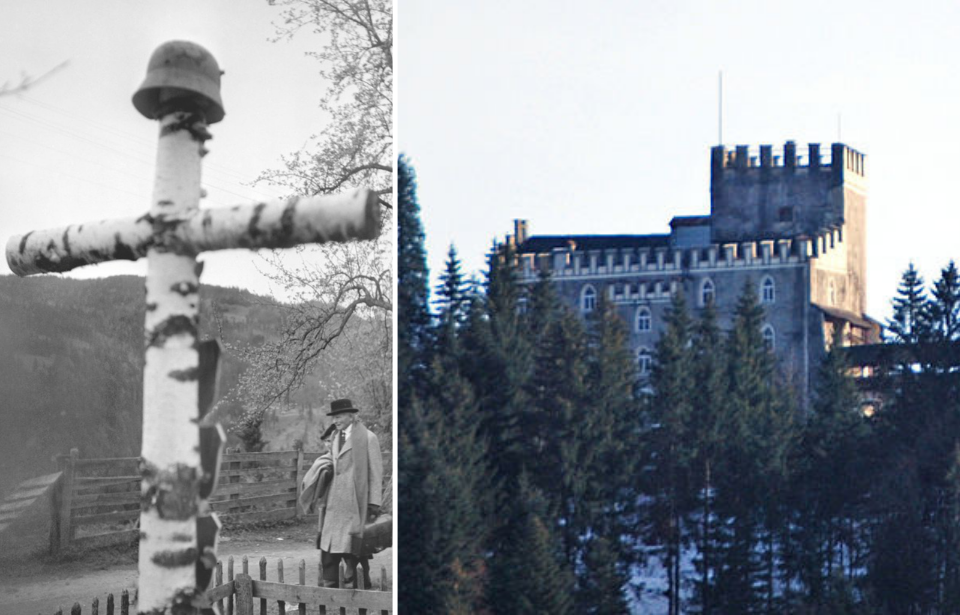The Allies fought fiercely against the Germans in both World War I and II. By the end of the Second World War, some Germans were fed up with where the country was heading, and many were willing to fight against their own country. That is exactly what happened at Castle Itter in May 1945.
The prison at Castle Itter
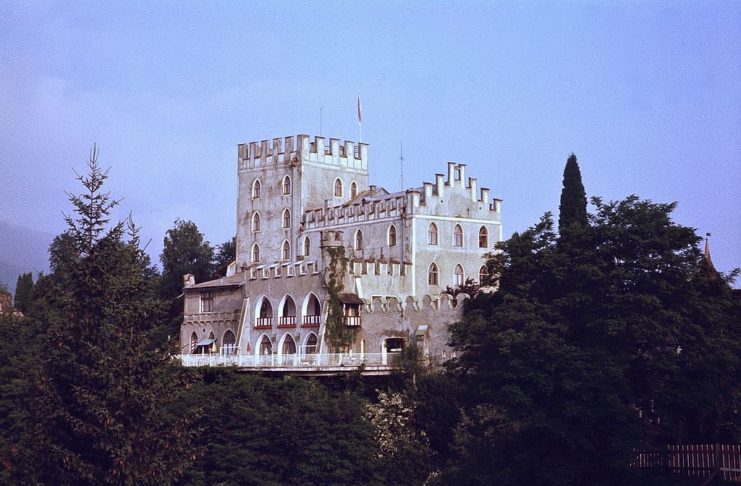
Castle Itter is located in Austria and was leased to the German government in 1940. In February 1943, Heinrich Himmler, the Reichsführer of the Schutzstaffel (SS), ordered the castle be seized by Lt. Gen. Oswald Pohl, as the SS intended to use the location to hold prisoners of war.
A number of notable individuals were held in the prison, which was run by the administrators of Dachau concentration camp, who forced the camp’s prisoners to perform menial labor. Those imprisoned at the castle included tennis star Jean Borotra, politicians Édouard Daladier and Paul Reynaud, and Marie-Agnès Cailliau de Gaulle, the sister of Charles de Gaulle.
The role played by Josef “Sepp” Gangl
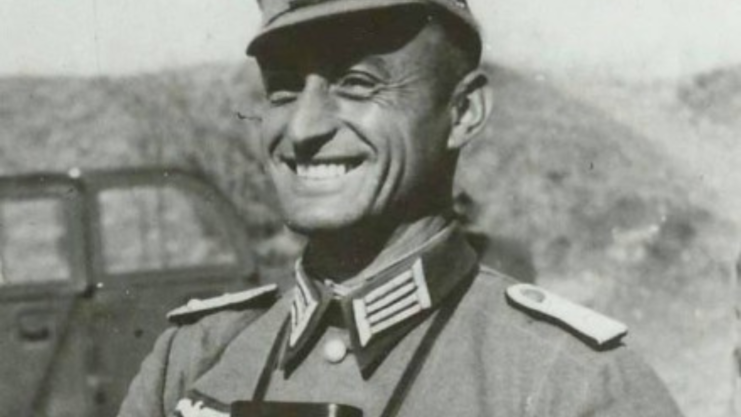
During WWII, Austria was aligned with Germany. There was, however, resistance to the Germans from the Austrian side, and one of the heroes of this was Josef Gangl, a Major in the Wehrmacht. Gangl was a highly decorated soldier who had reservations about the German government’s ideologies toward the end of the war.
Zvonimir Čučković, an imprisoned Yugoslav communist resistance member from Croatia, was allowed to leave Castle Itter on May 3, 1945. Claiming he was running an errand, Čučković was actually holding a letter meant for the first American soldiers he came into contact with. He reached the 409th Infantry Regiment, 103rd Infantry Division, US VI Corps, who were willing to help.
A second prisoner, Andreas Krobot, was also given leave from the castle. Carrying a similar letter, he contacted members of the Austrian resistance and was then taken to Gangl.
The Battle of Castle Itter begins
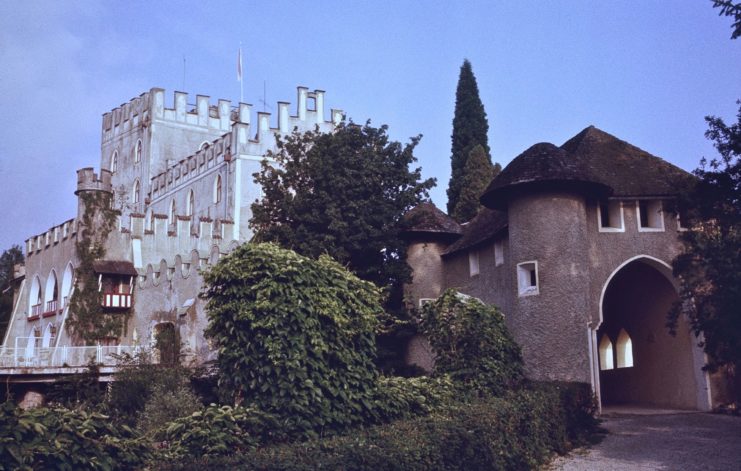
US Army Capt. John Lee took command of four Sherman tanks of the 23rd Tank Battalion, 12th Armored Division, US XXI Corps and 14 soldiers, before meeting up with Gangl, who was joined by 10 former German service members. The group also received help from the inside. Despite being told to hide, a group of French prisoners decided to fight. Once the Americans entered the castle, they were put under Lee’s command.
While the resistance forces had four tanks, the SS had numbers. A group of between 100-150, led by Oberführer Georg Bochmann, began to harry the castle on the night of May 4, 1945, to test the strength of the resistance. The following morning, the battle began. The Americans were able to use a tank positioned at the front of Castle Itter for support, until it was destroyed by an 8.8 cm Flak 18-36 anti-tank artillery gun fired by the Germans.
Jean Borotra saves the day
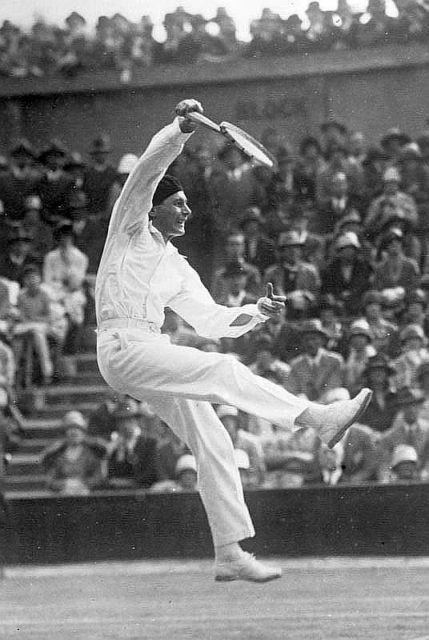
Despite the efforts of the resistance and US Army soldiers, the SS began to take control. The forces were in desperate need of reinforcements, and Jean Borotra offered to vault over the castle walls to seek help. He ran through multiple SS strong points and was able to reach additional American soldiers. The tennis player asked for a US Army uniform and joined the fight.
Once the reinforcements arrived, the SS were easily taken out. The prisoners within that castle were freed and the Allies took over 100 SS troops hostage. The prisoners began their journey toward France that very same night, arriving in Paris a handful of days later.
The battle’s legacy
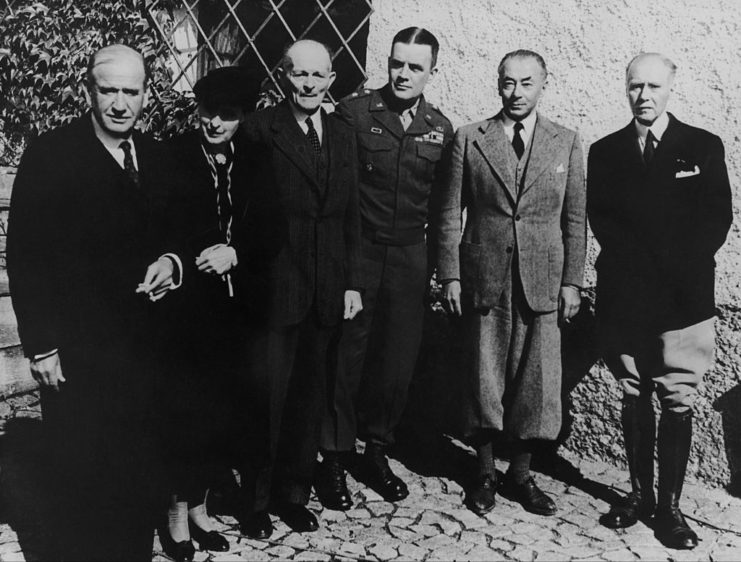
More from us: Were There German Spies in the French Foreign Legion?
Not all of the heroes at Castle Itter made it out alive. Gangl was shot and killed by a sniper’s bullet while attempting to defend Reynaud, and was honor as a hero in Austria. A street in Wörgl, eight kilometers from Castle Itter, was also named for him. Capt. Lee was awarded the Distinguished Service Cross for his actions, and Borotra continued to play tennis until 1956.
Two days after the Battle of Castle Itter, the German Army issued its unconditional surrender.
